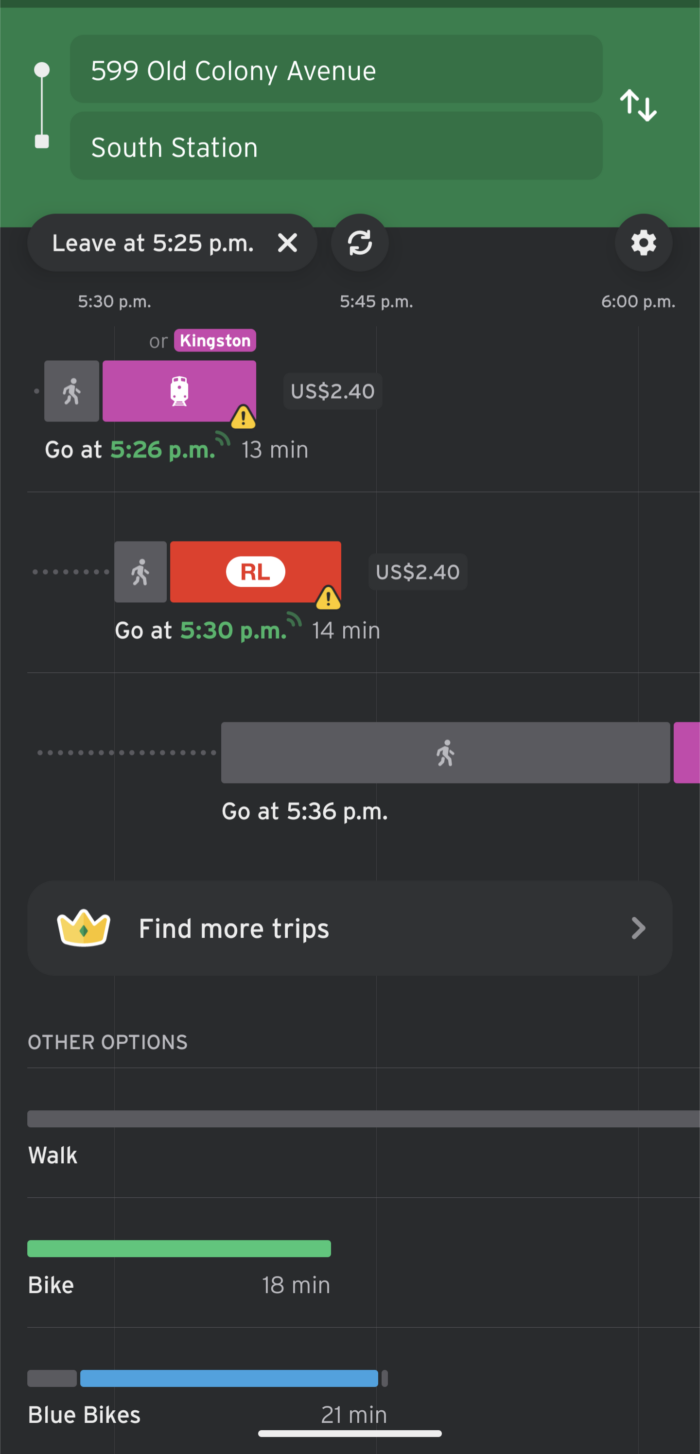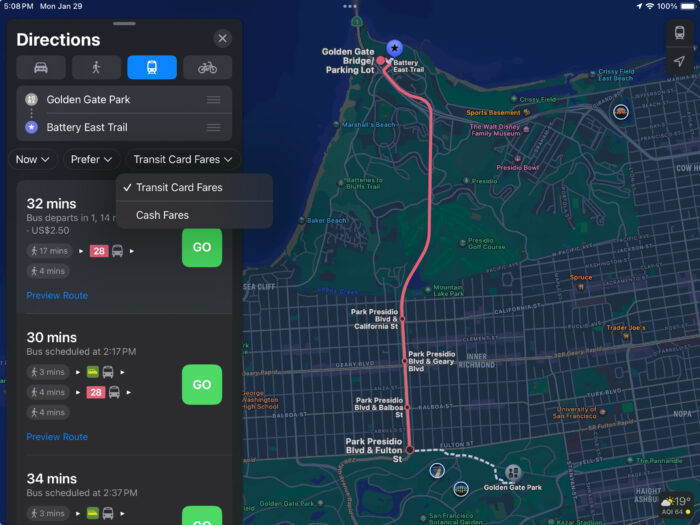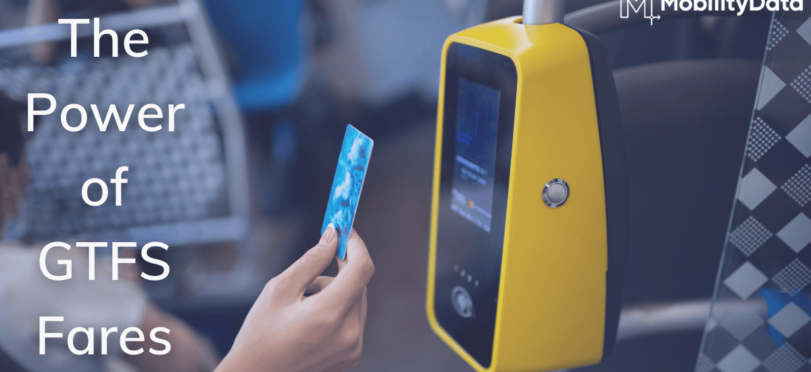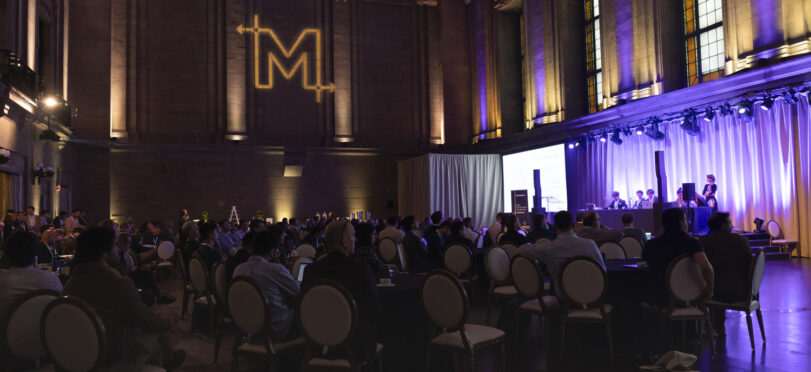Enhancing the Rider Experience: Frictionless Information on Frictionless Payments Through GTFS-Fares v2
Let’s Dive In
Picture this: you’re standing at the gates of a busy transit station, with anticipation filling the air. Instead of fumbling for the exact change or wrestling with the sometimes complicated ticket machines, you reach for your debit or credit card or even your digital mobile wallet. With a single tap, you are granted seamless access to your transportation mode of choice.
Currently, a number of transit agencies are undergoing significant changes to fare collection in an effort to simplify how users board transit. These changes are aimed at allowing users to tap to pay with a variety of mediums (which are known as fare media in GTFS and other transit data standards). This is an exciting step towards accessibility and improving riders’ experiences.
With this, the new implementation of GTFS-Fares v2, which allows fare information to be represented to users, is a crucial component. But, what does it look like in action? How exactly are other transit agencies presenting this information to users? What are users seeing in their trip-planning apps? Let’s look at some examples!
Massachusetts Bay Transportation Agency (MBTA) and Transit App
It’s a lovely summer day in Boston and you’re trying to get from JFK / UMass to South Station. You pull up an app to see your options and are pleasantly surprised to learn that the Commuter Rail can get you there sooner and quicker than the Red Line and that you are able to use it for the same price. In this example, the cost of each journey is visible for you, the user, to see.

BART and Apple Maps
Imagine you’re currently in the Bay Area and you want to find out the cost of your trip. You’re also trying to figure out if you should buy a Clipper card. Well, with GTFS-Fares v2 you can see the price differences between cash or Clipper cards. The inclusion of GTFS-Fares v2 and its functionalities allows you to make informed choices about your transit trips, choosing the path that best suits your needs.

Contactless Payments
When you find yourself in an unfamiliar city, one of the first questions that may arise is how to pay for transit. Will your credit card work with a simple tap, or do you need to purchase a ticket or use cash? Luckily, fare media type 3 can show contactless payment options to riders.
A large variety of transit agencies are already accepting open-loop payments:
- TfL (London, UK)
- MetrôRio (Rio de Janeiro, Brazil)
- Metro Taipei (Taipei, Taiwan)
- OVpay (Netherlands)
- CTA (Chicago, USA)
- Marconi Express (Bologna, Italy)
- And many others
Agencies that support these options will now be able to better communicate this to customers by publishing GTFS-Fares v2 data so they can discover it as they look for directions.
Wrapping it up
The implementation of GTFS-Fares v2 in various transit agencies represents a significant leap forward in simplifying fare collection and enhancing the overall transit experience for riders. With the ability to tap to pay using a variety of mediums, such as debit or credit cards and digital mobile wallets, passengers can now enjoy seamless access to their chosen transportation mode. The availability of fare information through GTFS-Fares v2 is a crucial component in this endeavor, allowing users to make informed decisions about their trips.
The examples shown through MBTA and BART, as well as Transit App and Apple Maps, showcase how this system enables passengers to see the cost of each journey and compare price differences, making it easier for them to choose the most convenient and cost-effective options.
Moreover, the inclusion of fare media type 3, which displays contactless payment options to riders, adds further convenience for travelers, particularly when visiting unfamiliar cities. The growing number of transit agencies accepting open-loop payments worldwide underscores the global adoption and potential impact of this technology on enhancing riders’ experiences.



